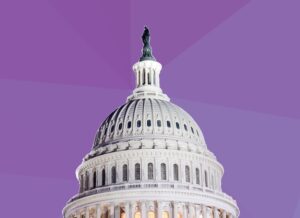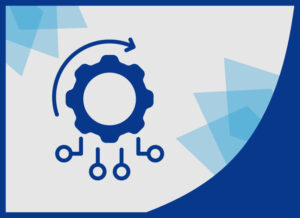
Verticals
Related Articles
-
Securing Government AI: Why Federal Agencies Need a Trust Layer for Accountable, Compliant Deployment
Discover why Zero Trust architecture purpose-built for AI is essential for safe, scalable and compliant Government deployment.
Enabling Rapid Compliance with Sysfleet’s RPA Tools
As technology evolves, Sysfleet’s RPA tools help agencies modernize, reach compliance, automate workflows and more.




